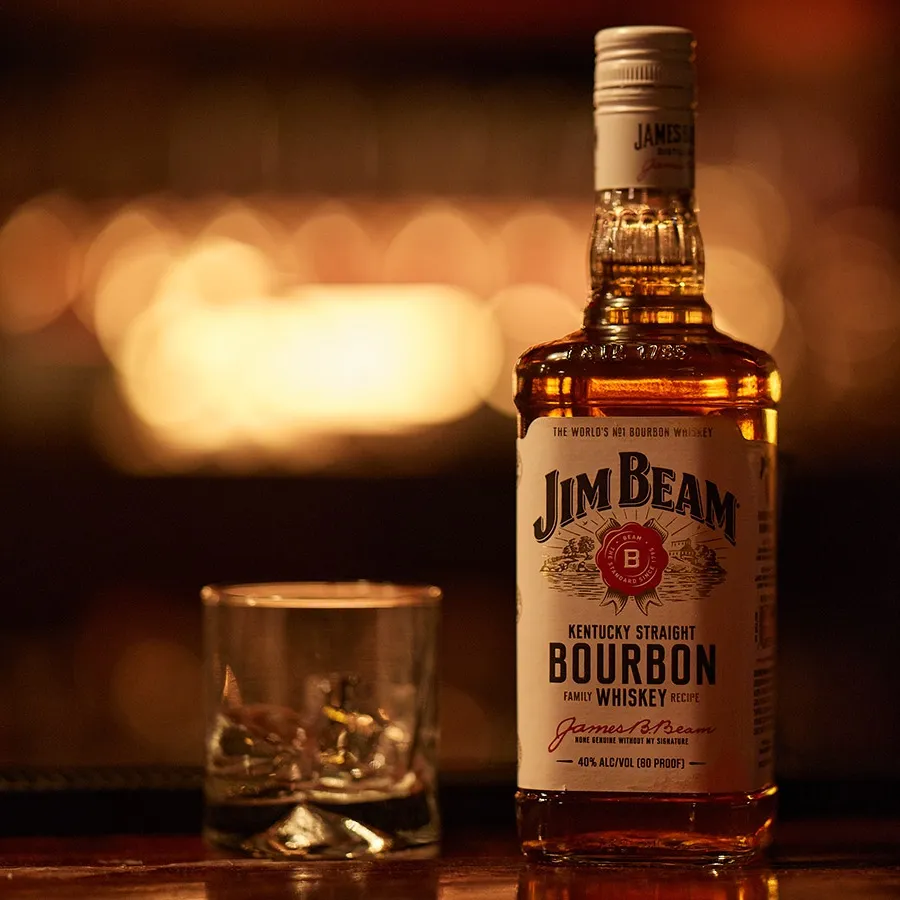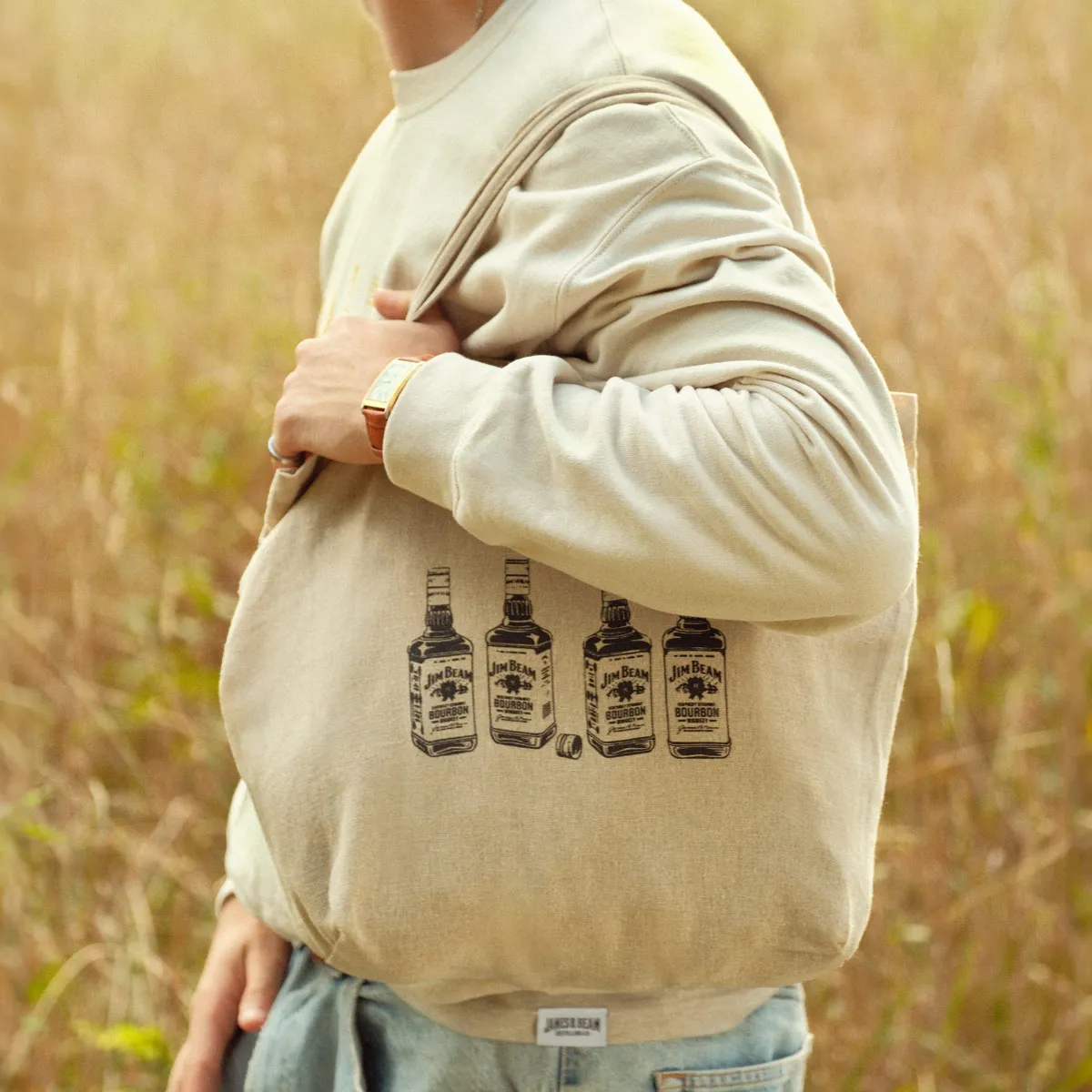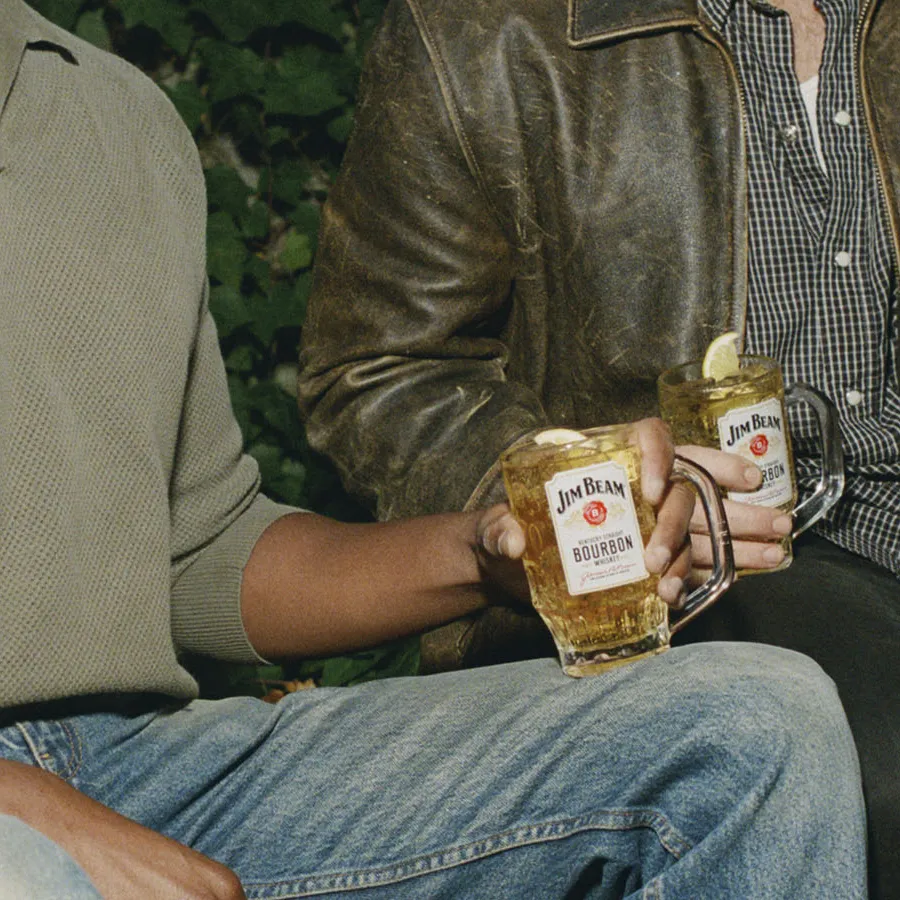

Jim Beam encourages responsible drinking. Alcohol should be consumed in moderation. By entering this website, you are agreeing to our Terms and Conditions, Privacy Policy, and Cookie Policy.
*Must be legal drinking age to enter this site.
Difference Between
Bourbon and Whiskey
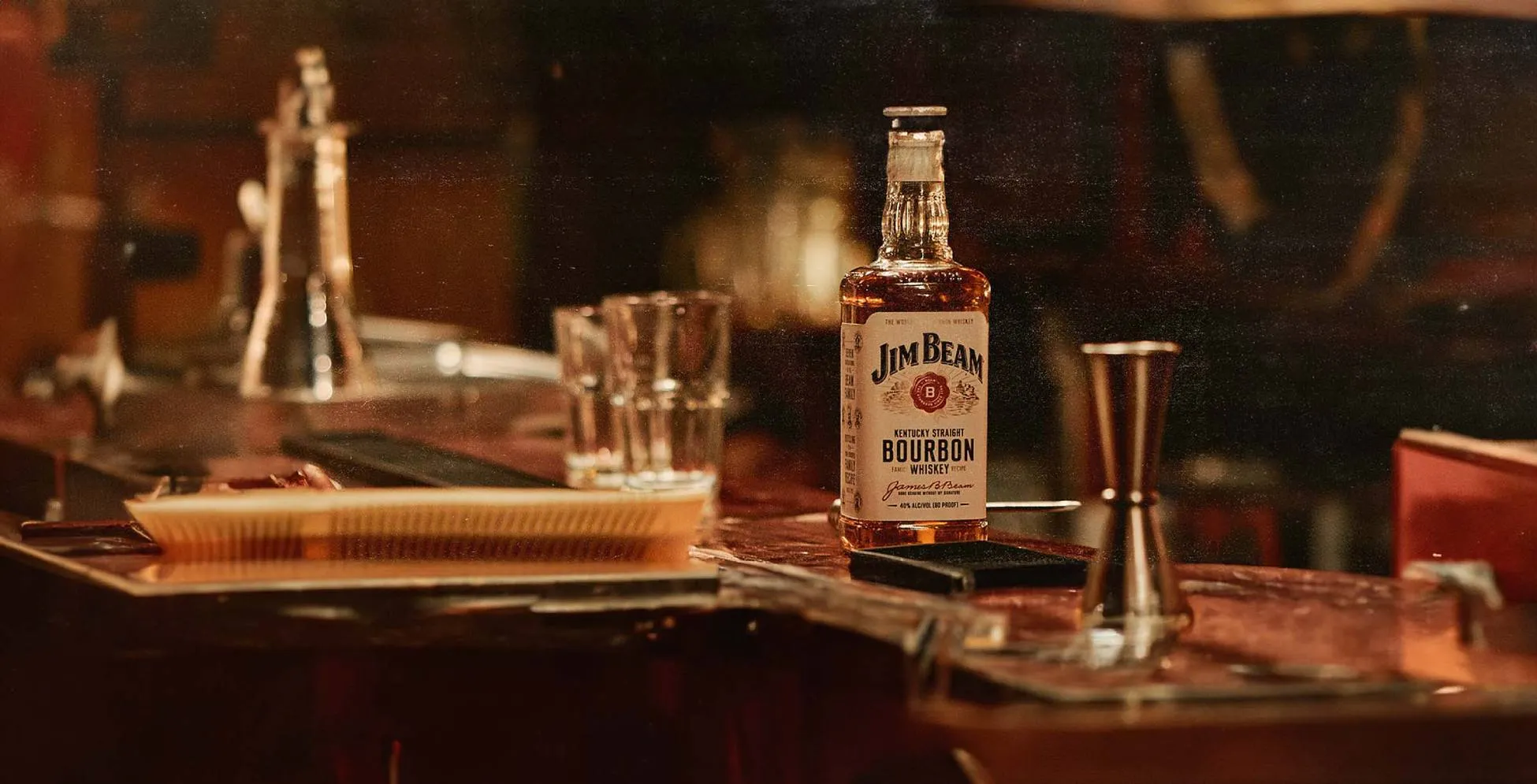
All Bourbon is whiskey but not all whiskey is bourbon
There are many kinds of whiskey (or “whisky,” depending on where you’re from). Such as Scotch whisky, Irish whiskey, Tennessee whiskey, rye whiskey, bourbon whiskey, and, of course, Kentucky Straight Bourbon Whiskey. At Jim Beam, we’re pretty partial to those last two, and we want to tell you what separates bourbon from the rest.
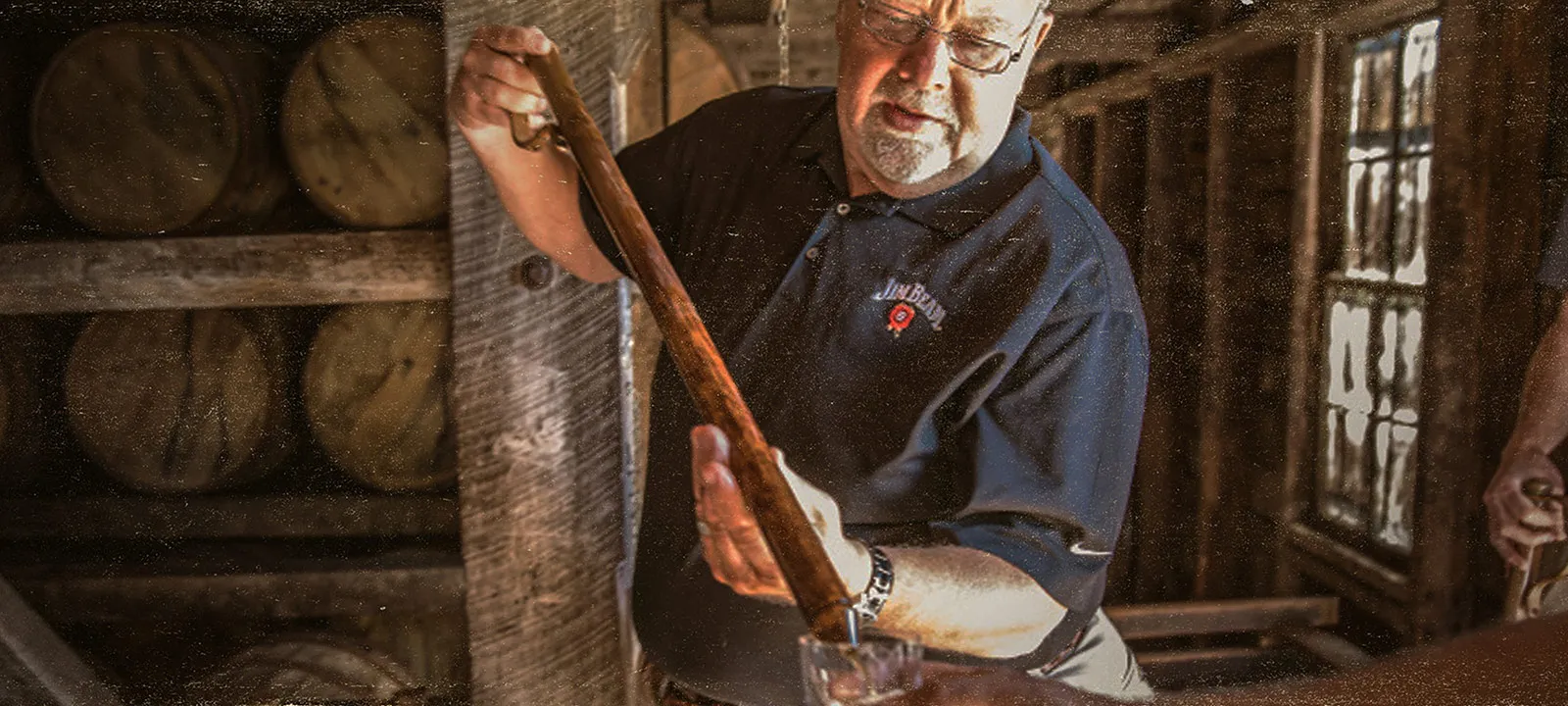
It all comes down to a pretty
high set of standards set by
the government. They decide
what’s what.
But we can tell you this—you’ve got to be all of the things below if you want to be labeled bourbon. And Jim Beam doesn’t just fit the bill, it’s the world’s #1 bourbon.
- Made in United States of America (not Kentucky)
- Product from a fermented mash of 51% corn.
- Distilled at no more than 160 proof
- Stored at no more than 125 proof in new, charred oak barrels.
- Aged for minimum two years.
- Free from additives.
Being made from at least 51% corn means all bourbons will have a delightful sweetness.
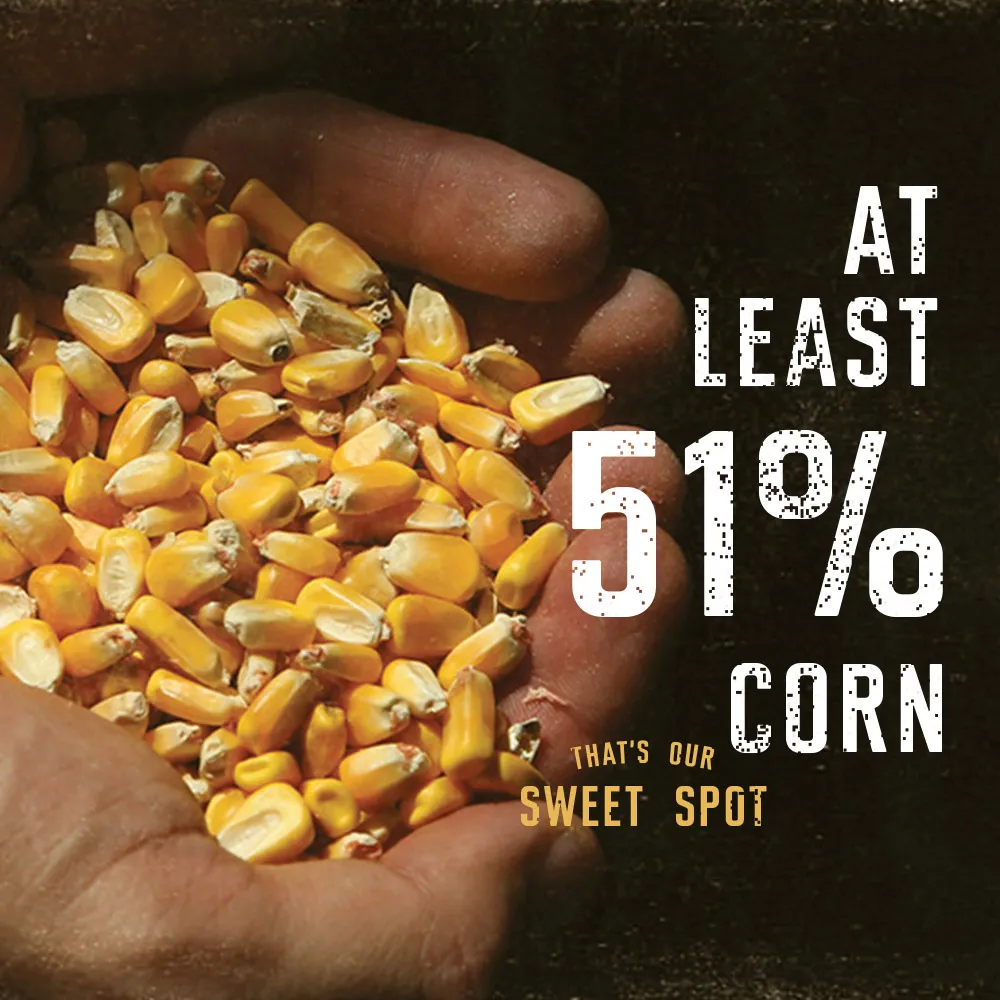
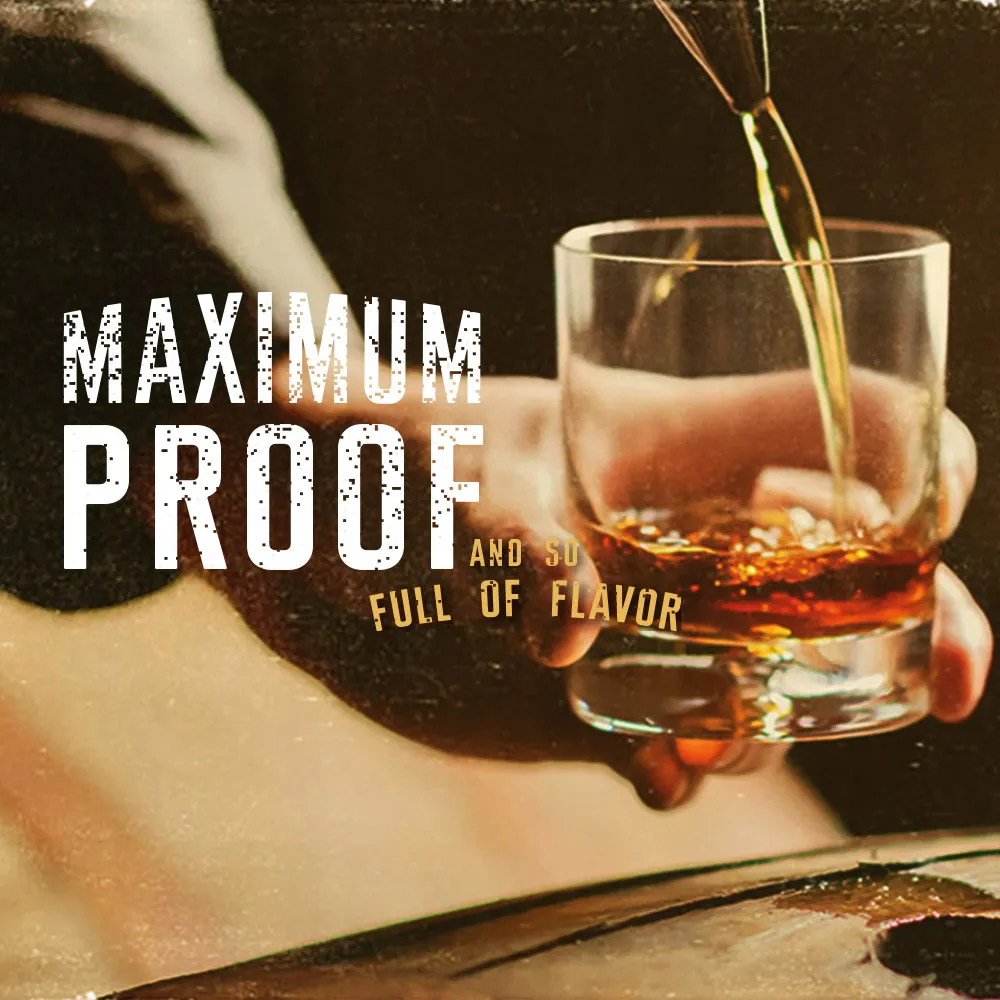
Our style of barrel aging imparts a deeper color and smooth, mellow flavor with hints of vanilla and caramel. When we’re done with those barrels, some other whiskeys, wines and even beers have been known to use them in hopes of “borrowing” some of the bourbon deliciousness trapped inside the wood.
U.S. law says bourbon must be aged for at least two years. But other things like extreme temperature changes between seasons affect how whiskey ages. A whiskey aged in Kentucky matures much faster than one aged in Scotland. Here at Jim Beam, we age our bourbon at least four years for a more mature, extra-mellow flavor. The pour is worth the wait.
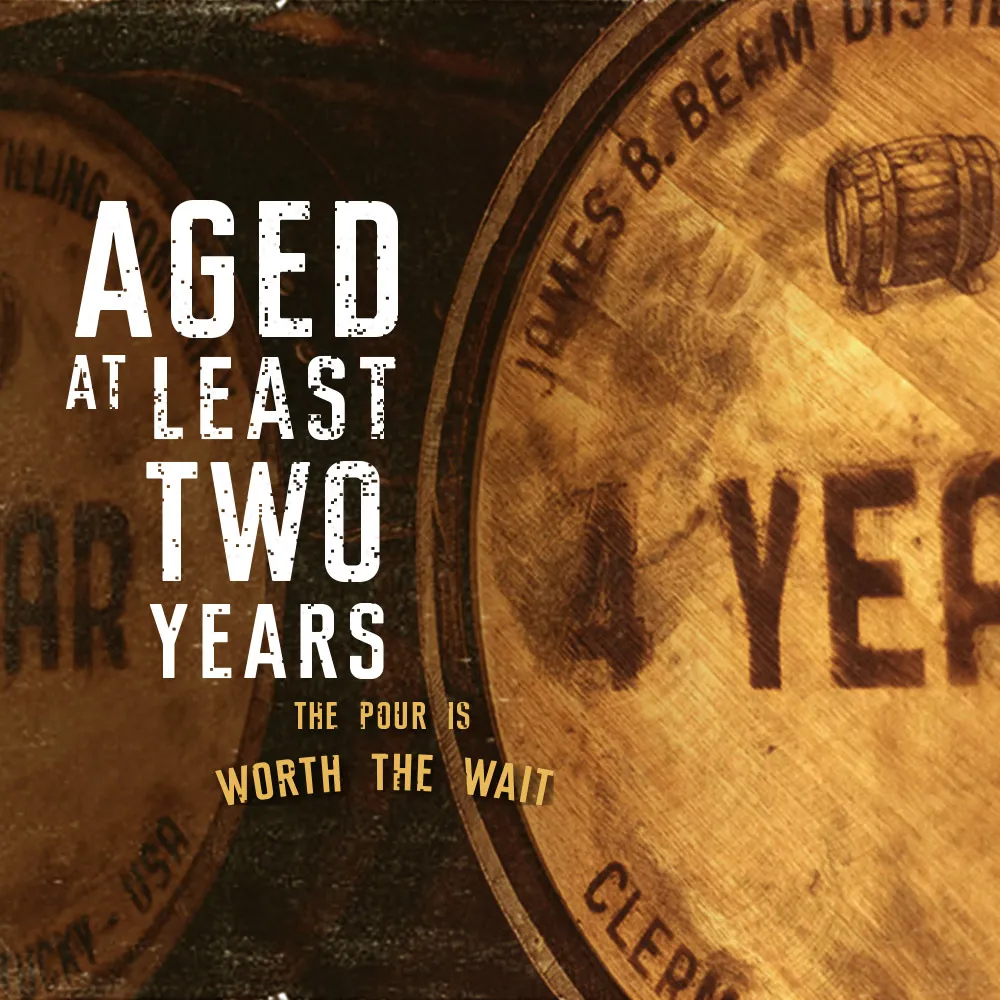
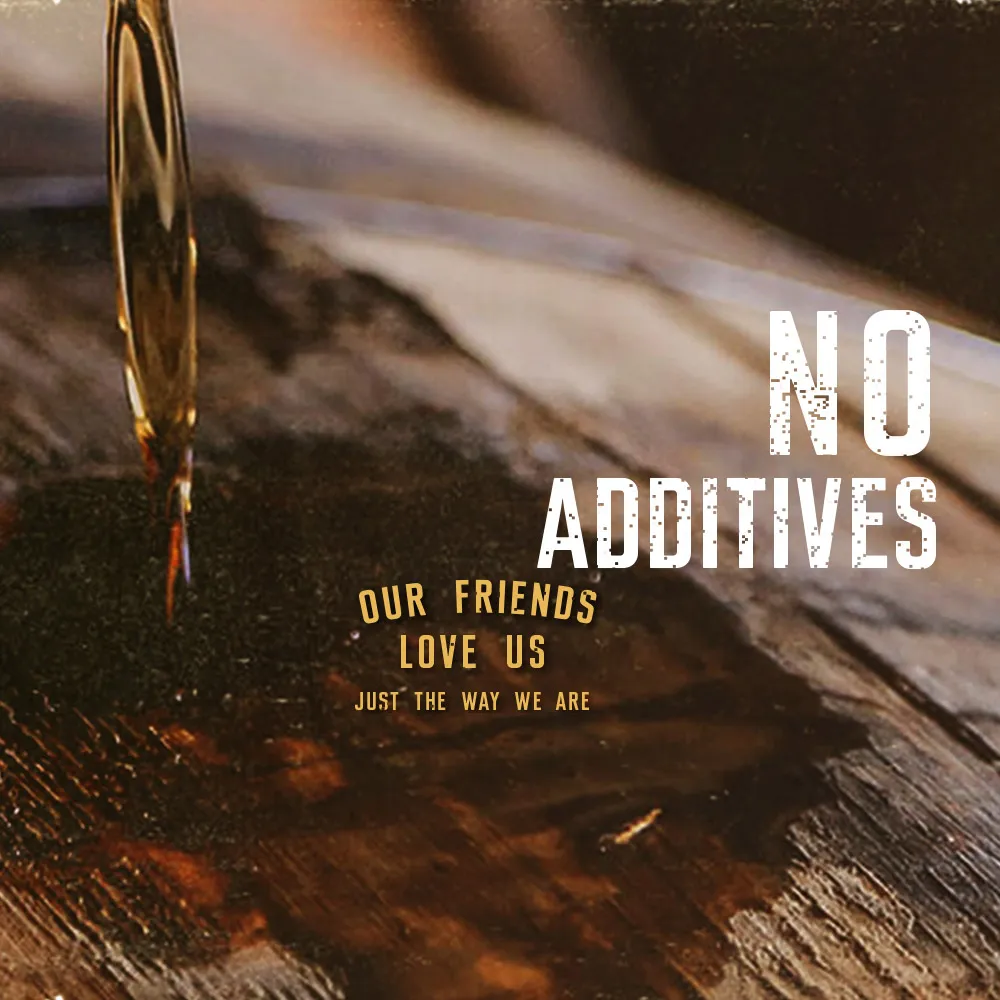
Many whiskey makers will add flavoring or caramel coloring to their whiskeys. But, even if they follow all of the other rules of bourbon, they can’t call their whiskey “bourbon.” The only thing that can be added to bourbon is water (and that’s just to bring down the proof).
